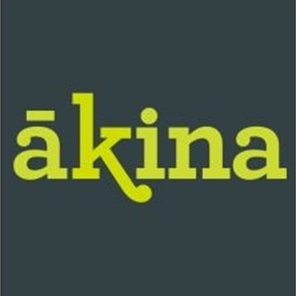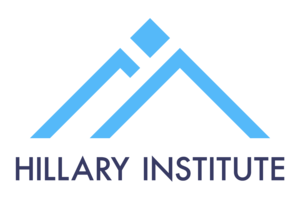Nona Pelletier, Senior Business Reporter
Sales appear to be picking up for about a third of small and medium-sized businesses (SMEs) with improved prospects for the first quarter of the calendar year, according to research by MYOB.
The accounting software firm said a nationwide survey of more than 500 SME owners and decision-makers found more work lined up for January to March than they would usually expect, with just a over a quarter having less work than expected.
MYOB chief customer officer Dean Chadwick said the outlook followed a challenging end to 2024, with most (43 eprcent) SMEs reporting lower sales than expected for the fourth quarter.
He said the outlook was encouraging, despite economic uncertainties.
"Inflation and the cost of living continue to influence SME confidence coming into 2025, as well as factors like transport costs, the country's economic performance, and interest rates. Many will also be keeping a close eye on international markets with more change likely over the next 12 months," Chadwick said.
"However, reinvigorated demand for their goods and services as consumer confidence increases, will help to ease some of the pressures many business owners have been feeling over the past few years."
The survey indicates new sales growth increased with business size, with medium-sized businesses with 50-99 employees reporting a more robust start to the year, with 57 percent reporting more work or sales lined up for the first quarter of 2025 than expected, after a third logged higher-than-forecast sales for October to December 2024.
SMEs plan business investment to fuel growth
Nearly a quarter (24 percent) of business operators surveyed planned to spend more to improve business operations this year, while half (50 percent) intended to keep their investment the same as previous years.
However, just over one-in-five businesses were looking to cut additional costs, with 21 percent planning to reduce spending on improvements to operations.
A third (33 percent) planned to spend more on marketing and sales, followed by 28 percent looking to put most of the investment in technology and digital transformation.
Other areas expected to see more investment were equipment and machinery upgrades (25 percent), team training and development (24 percent), and improving the customer experience (19 percent).
In addition to operational improvements, half of those surveyed said innovation was important to their business and more than a quarter (27 percent) saw innovation as a significant priority, with the median estimated spend on innovation at just over $33,000 in 2025.
Investment in innovation was greater in the manufacturing sector at $74,000, followed by construction and trades industries at $63,330.



 Bill Bennett: Download Weekly - One NZ chooses Ericsson for core network update
Bill Bennett: Download Weekly - One NZ chooses Ericsson for core network update Mountains to Sea Conservation Trust: Orange Roughy Leads The Pack As Fish Of The Year Heats Up
Mountains to Sea Conservation Trust: Orange Roughy Leads The Pack As Fish Of The Year Heats Up Hugh Grant: Retail Crime Is Out Of Control – Why Business Owners Can’t Wait For Government Action
Hugh Grant: Retail Crime Is Out Of Control – Why Business Owners Can’t Wait For Government Action SkyCity Auckland: Sky Tower Glows For International Women’s Day
SkyCity Auckland: Sky Tower Glows For International Women’s Day E tū: Deep Concerns About Undue Influence At NZME
E tū: Deep Concerns About Undue Influence At NZME Air New Zealand: Air New Zealand Chief Executive Greg Foran To Step Down In October 2025
Air New Zealand: Air New Zealand Chief Executive Greg Foran To Step Down In October 2025


